STAFF
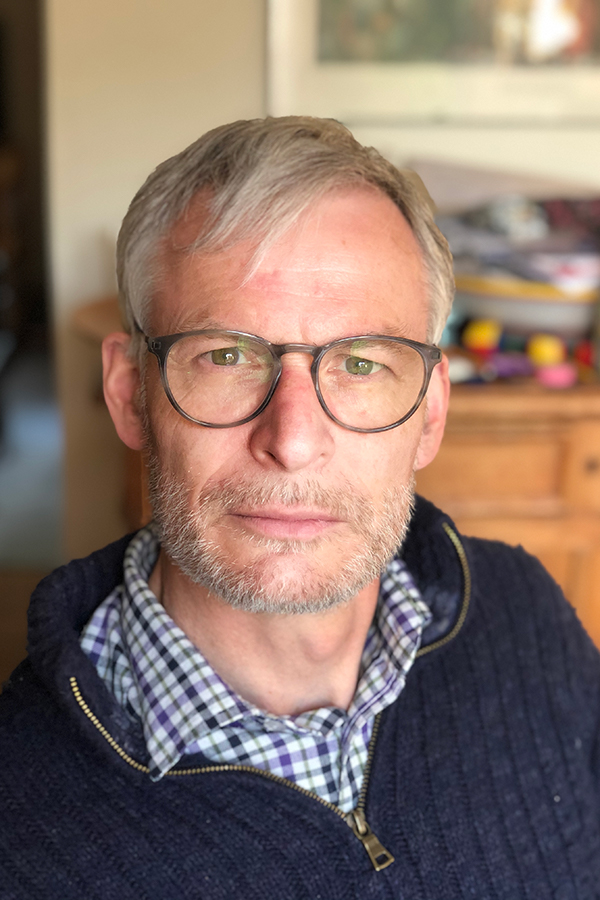
Frank Salmon
The Director of the Centre is Dr Frank Salmon, Associate Professor of the History of Art, University of Cambridge, and Fellow of St John’s College, Cambridge. Frank is an architectural historian specializing in the classical tradition in architecture, especially in relation to Neo-classicism and the reception of Graeco-Roman Antiquity in the eighteenth and nineteenth centuries in Britain, Europe and further afield. Among his many publications is his book Building on Ruins: The Rediscovery of Rome and English Architecture, which won the Spiro Kostof Prize of the Society of Architectural Historians (USA) and, jointly, the Whitfield Prize of the Royal Historical Society. His edited volume The Persistence of the Classical formed a festschrift for his doctoral advisor, the late Professor David Watkin, to whose position he succeeded at Cambridge in 2006. Frank is currently working on a book about the influence of Italian Renaissance architects and buildings on Victorian architecture across Britain. He is a Fellow of the Society of Antiquaries, a former member of Historic England’s national Advisory Committee and a current Trustee of Sir John Soane’s Museum, London.

Elizabeth Deans
Dr Elizabeth Deans is the Assistant Director of the Centre. Elizabeth is a historian of early modern Europe and specialises in the study of architectural practice, drawings, manuscripts, books, prints, objects, decorative art, and spaces of design production in the seventeenth and early eighteenth centuries in Europe. Elizabeth’s current research considers the process, purpose, and forms of architectural drawing and the formation of practical knowledge in England’s most important site of architectural production: The Royal Office of Works. Her first book Working in Wren’s Office will argue that Wren transformed architectural education by instituting new techniques and intellectually driven practices by the instrument of the Office.
She has over a decade of teaching experience at the undergraduate and graduate level and has lectured for universities in the US, Europe, China, and Japan. Before her appointment, Elizabeth was Director of Graduate Studies and Assistant Professor at George Washington University where she was the Program Director of the Master’s Program in Decorative Art and Design History in partnership with the Smithsonian. She also taught at George Mason University and Corcoran College of Art and Design in Washington, DC and Capital University in Beijing. Elizabeth has held fellowships at the Bodleian Library, University of Oxford, and the Smithsonian. Her research has been funded by the Society of Architectural Historians of Great Britain, the Paul Mellon Centre for Studies in British Art, the Society of Architectural Historians (US), the Bibliographical Society, the Georgian Group, the British Society for Eighteenth-Century Studies, and others.
VISITING PROFESSORS
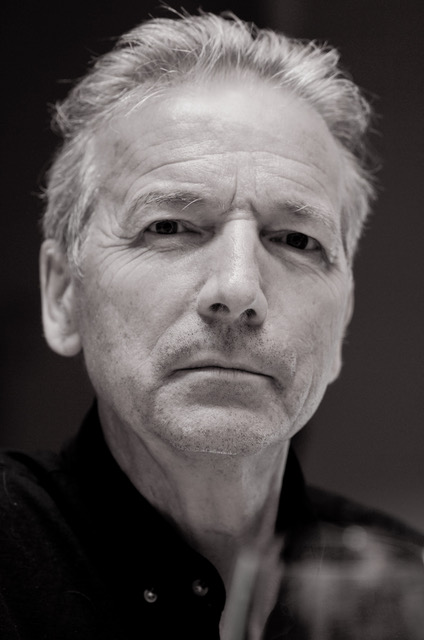
Clive Aslet
Faculty of Architecture and History of Art, 2021-24
Clive Aslet has published more than twenty books on architecture and British culture, beginning with The Last Country Houses for Yale University Press in 1982. This was republished by Frances Lincoln as The Edwardian Country House in 2012. In 1990, Yale also published his book The American Country House, a study of a comparable phenomenon to the Edwardian country house which arose in the United States during the Gilded Age. Other of Clive’s titles include Landmarks of Britain (Hodder and Stoughton, 2005) and War Memorial (Penguin, 2013). In 2021, he returned to Yale with The Story of the Country House and is at present discussing two further projects with them.
At Cambridge, Clive read History of Art at Peterhouse. On leaving in 1977, he joined the magazine Country Life. There he was Editor from 1993 until 2006, becoming a PPA Editor of the Year, and for the following ten years served as Editor at Large. He continues to contribute to the magazine, as well as writing for The Times, The Daily Telegraph and other media in Britain and elsewhere. In 2020-21 Clive undertook a study of Halewell at Withington in Gloucestershire for the The Axel and Margaret Ax:son Johnson Foundation for Public Benefit, which will be published in 2022 by Stolpe Publishing. In 2019, he founded Triglyph Books with the photographer Dylan Thomas. From 2021 he has been Chairman of the Lutyens Trust. He is also a trustee of the wildflower charity Plantlife and INTBAU, a global network dedicated to creating better places to live. Married with three children, Clive himself lives in London and Ramsgate.
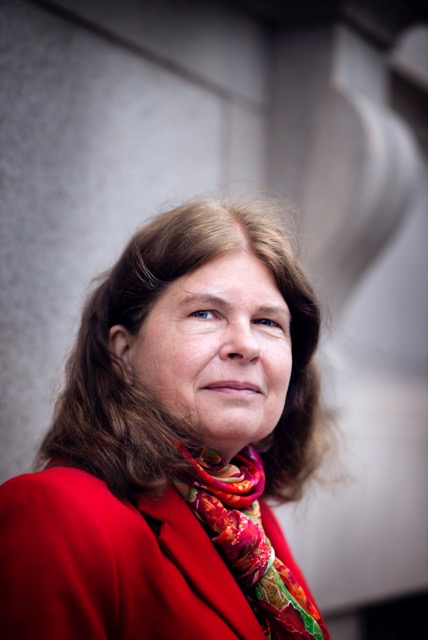
Kerstin Barup
Faculty of Architecture and History of Art, 2021-24
Dr Kerstin Barup is a practicing architect and Professor Emerita of Architectural Conservation at Lund University in Sweden. She earned a master’s degree and PhD in Architecture at Lund and studied Architectural History and Surveying at the Royal Danish Academy of Fine Arts in Copenhagen as well as Conservation Science at ICCROM in Rome. From 2012-17, Kerstin was Professor of Architectural Conservation at the Royal Institute of Art in Stockholm. Prior to this, Kerstin taught graduate-level conservation courses, was head of the Department of Building and Architecture from 2004 and then from 2005-10, was head of the Department of Architecture and Built Environment. Kerstin has authored books and articles on architectural conservation, organised exhibitions, and participated in numerous national and international conferences.
For more than 40 years, Kerstin has been deeply involved in architectural preservation and the development of heritage buildings and sites, primarily in Sweden. She has worked with the conservation of significant churches and listed buildings including Sankt Clemens kapell (1986-1987) and is Cathedral Architect at Linköping and Kalmar cathedrals. Kerstin is also involved in the conservation at Engelsberg Ironworks – the best preserved 17th– 19th-century industrial complex of its kind and a UNESCO World Heritage site. Notably, Kerstin introduced 3D scanning methods for building conservation in the Nordic countries and has been employing Fluorescence lidar (a non-invasive documentation technique for analysing historic façades) for major cultural heritage projects such as the Coliseum and Lateran Baptistery in Rome. Kerstin was a Board member at the Norwegian National Museum 2008-16, Censors in architecture, NTH, Trondheim 1994-2002, and external examiner for the Master course in Architectural Conservation at Edinburgh College of Art from 2004-2008 and 2018-21.

Richard Miles
Faculty of Architecture and History of Art, 2024-27
Richard Miles is Professor of Roman History and Archaeology at the University of Sydney. He is the author of a number of works on the archaeology and history of the Maghreb from the Punic to the Byzantine periods; the Early Christian Church; and the Later Roman Empire including The Bir Messaouda Basilica: Pilgrimage and the Transformation of an Urban Landscape in Late Antique Carthage; The Vandals (with Andrew Merrills); Carthage Must Be Destroyed: The Rise and Fall of an Ancient Mediterranean Civilisation. Richard is currently completing The Kingdom of Iron and Rust: the Roman Empire from Marcus Aurelius to Constantine (Penguin/Viking).
Richard has directed major archaeological excavations in Tunisia, Italy, Serbia and United Kingdom. He is currently directing the excavations of the late Roman villas at Halewell/Withington under the auspices of the Axel and Margaret Ax:son Johnson Foundation for Public Benefit, and co-directing the excavation of the Tetrarchic imperal villa complex at Glac (Sirmium). He is a Fellow of the Society of Antiquaries and Correspondant étranger, Centre national de la recherche scientifique AOROC-UMR 8546, École normale supérieure, Paris. He previously held Fellowships at Trinity Hall (2002-2009) and Churchill College (1999-2002).

John Simpson
Faculty of Architecture and History of Art, 2021-24
John Simpson is principal of John Simpson Architects. He is a leading proponent of New Classicism and believes Architecture, as a public art, by necessity must draw on our collective experience and traditions as a society. In order to create towns and cities that are inclusive Architecture needs to use a familiar language of building that everyone can relate to and understand.
His work first came to prominence in the 1990s with his masterplan for Paternoster Square by St Paul’s Cathedral in the City of London. He pioneered mixed use urban planning designed around streets and squares, long before it became adopted as government policy. Through his work, which includes a significant number of public and institutional buildings he has had considerable influence in bringing the Classical tradition into the public eye. Such works include the Queen’s Gallery at Buckingham Palace, his buildings at Poundbury for the Duchy of Cornwall, his work at Kensington Palace for the Queen’s diamond Jubilee and the DMRC rehabilitation facility for injured service personnel at Stanford Hall near Loughborough. His work within educational establishments includes that at Gonville and Caius College and at Peterhouse in Cambridge, at Lady Margaret Hall in Oxford, his debating chamber and quadrangle at McCrum Yard, at Eton, his music recital rooms at the Royal College of Music in London and the School of Architecture buildings at the University of Notre Dame in the USA.
John Simpson taught at the Prince of Wales’s Foundation in the 1990s using his practice as a training ground for young students. Since 2016 he lectured at the School of Architecture at the University of Notre Dame and was appointed professor of Architecture at the University of Buckingham in 2018. He is a visiting Fellow at Gonville and Caius College, Cambridge.
Fellows
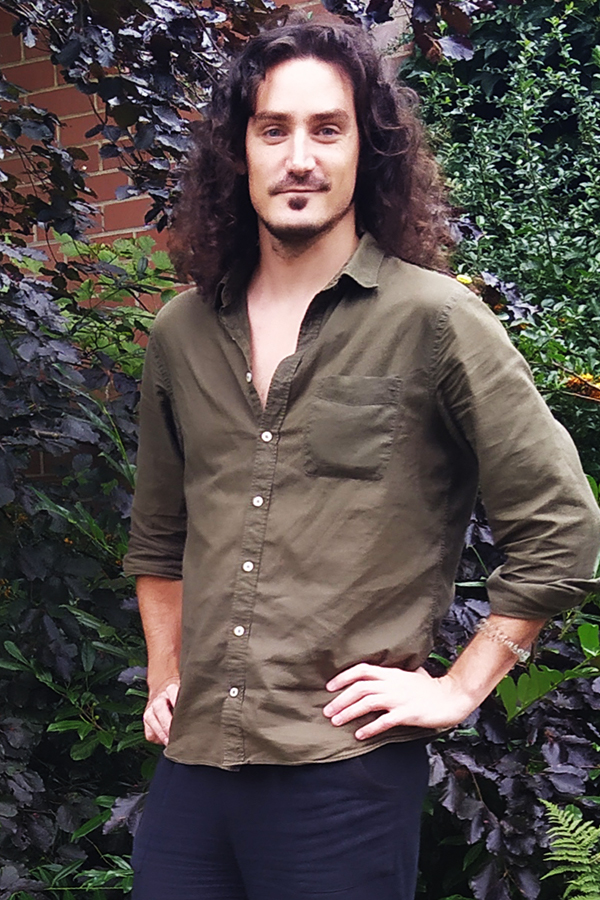
Konogan Beaufay
Ax:son Johnson Morgan Fellow, Downing College
Dr Konogan Beaufay has joined the Ax:son Johnson Centre at its creation as the post-doctoral researcher on the architecture of the ancient world, and a Morgan Fellow at Downing College. After an education in Archaeology and Art History in Belgium, he moved to the UK for a Master’s then a DPhil in Classical Archaeology at the University of Oxford, where he completed a doctoral thesis entitled The Roman public baths of Central Italy during the Imperial period: an architectural study. He specialises in Roman architecture, construction, and technology, focusing on the Imperial period, and has a keen interest in various aspects of digital archaeology. He has also been involved in several excavation projects across the Mediterranean, most recently in Italy (Aquinum, Portus).
While at the Centre, Konogan will investigate the design processes of bath buildings across the empire, focusing on the use and diffusion of blueprints for individual rooms, and on the use of orders—aedicules, columns, applied orders—in bath buildings.

Max Bryant
Ax:son Johnson Morgan Fellow, Downing College
Dr Max Bryant specialises in British art and design of the eighteenth and nineteenth centuries, with an emphasis on architecture and the history of collecting. He completed his PhD in 2016 at St John’s College, Cambridge, with a dissertation on architectural sculpture and Charles Robert Cockerell. He is the author of The Museum by the Park (2017), a study of the home of Charles Townley, whose bequest of antique sculpture is the core of the British Museum’s collection. The book was nominated for the Berger Prize for British Art History. From 2017 to 2020 he was a fellow at the Metropolitan Museum of Art in New York, working on the British Galleries, which tell the story of British art and design from 1500 to 1900. Before joining the Centre for the Study of Classical Architecture, Max was a Mellon-funded fellow at Armagh Robinson Library working on the print collection bequeathed to the library in 1794 by Archbishop Richard Robinson.

Rebecca Gill
Ax:son Johnson Morgan Fellow, Downing College
Dr Rebecca Gill is one of the Ax:son Johnson postdoctoral research fellows at the Centre and Morgan Fellow at Downing College. Rebecca is an art and architectural historian, specialising in sixteenth-century Italian Renaissance architecture and in particular the architect Galeazzo Alessi. Her previous publications include ‘Conception and construction: the architectural drawings of Galeazzo Alessi’, Architectural History, 2016, and ‘Early Experiments in Counter Reformation Architecture: Galeazzo Alessi and the Church of Santa Maria Assunta di Carignano, Genoa’, in Howard, Saccenti, & Terpstra, (eds.), Renaissance Religions: Modes, Meanings in History, 2021, Brepols. Rebecca is currently writing a book on Galeazzo Alessi and the Invention of Catholic Reformation Architecture, which will be the first monograph to be published on Alessi in English. While at the centre, Rebecca is working on a project examining the architectural transformation of the city of Genoa from a medieval port to a city of classical architecture, and its influence on the architecture of Spain and Northern Europe.
Prior to coming to Cambridge, Rebecca was the Ahmanson Fellow and Curator in Art and Religion at The National Gallery, London, where she curated Virtual Veronese (launching February 2022). This innovative digital project uses technology to reunite Paolo Veronese’s altarpiece of The Consecration of Saint Nicholas (1562) with the church of San Benedetto al Po near Mantua, designed by Giulio Romano, and the original home of this important altarpiece. Rebecca has also taught at King’s College London, and at Birmingham, Leeds and Reading Universities, and she previously held a postdoctoral scholarship at The British School at Rome.
Doctoral Students

Nina Bizziocchi
Downing College
Nina Bizziocchi is a PhD student in Classics at University of Cambridge. She specialises in Roman archaeology, in particular Roman domestic architecture. Her PhD research ‘Roman houses in London in their interprovincial context’ focuses on the link between architecture, decoration and social and cultural habits, especially in a provincial environment.
Nina has completed an MPhil in Classics, University of Cambridge, an MA in Archaeology and a BA in Classics, University of Bologna (Italy). She has also completed an internship at the Archaeological Museum in Bologna and has collaborated in the development of the exhibition ‘Abitare a Ravenna: la Domus di Via d’Azeglio’ (Domus dei Tappeti di Pietra, Ravenna, Italy).
Nina is a member of CISEM (Interuniversity Centre for Studies on Late Antique Housing in the Mediterranean) and has worked on excavations in Ostia Antica, Marzabotto, Aldborough and Oystermouth Castle. Her forthcoming publication is: Bandinelli I., Bizziocchi N. A., Marsili G., Materiali lapidei, ceramici e pittorici dal quartiere abitativo di via D’Azeglio a Ravenna. Risultati preliminari, in Atti del III Convegno Internazionale del Cisem.
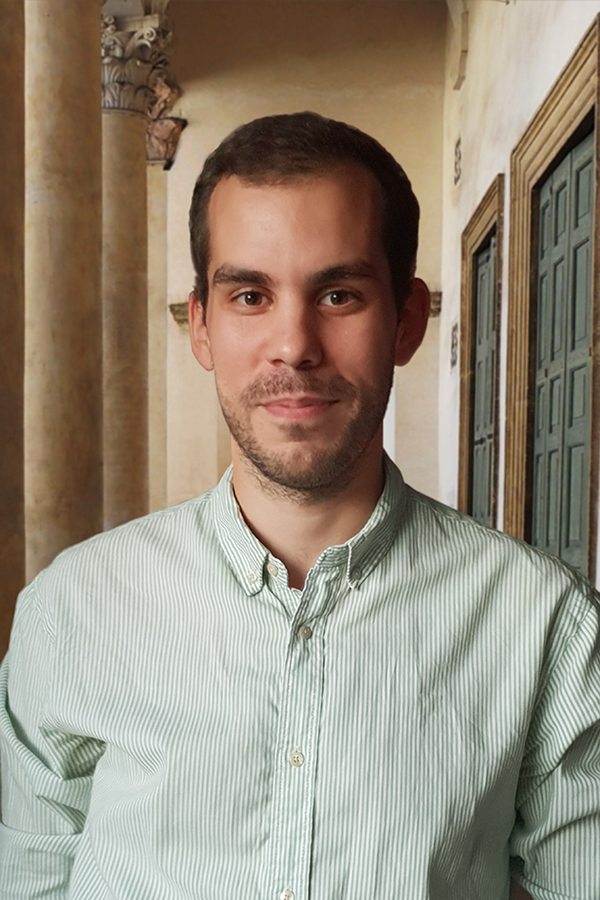
Luka Pajovic
Downing College
Luka Pajovic is a PhD student in architectural history, with a particular interest in classical vaulting, its conception and reception by the architectural public from the fifteenth century onwards, and its central, if often unacknowledged, role in the evolution of the classical tradition down to our time. His current research focuses on the construction of domes in Post-Restoration England, from the unexecuted designs of John Webb and the young Christopher Wren, to the latter’s mature triumphs, carried on in the work of Hawksmoor and Gibbs. Drawing on precedents both ancient and modern, and displaying a range of different attitudes to construction, surface decoration, and the organisation of the “space beautiful” (kallichoros) beneath the dome, these structures embody many of classical architecture’s central preoccupations. Far from exhausting themselves in early modern England, these themes continued to inform the work of classically inspired designers well into the twentieth century – from Joze Plecnik and Erik Gunnar Asplund to Rudolf Schwarz, in whose work Luka maintains an active scholarly and personal interest.
Before joining the Centre, Luka trained as an architect at Cambridge and Yale, where he held the Edward P. Bass Fellowship in Architecture. In addition to practising as a designer and a heritage consultant in the US, the UK, and his native Montenegro, he spent a year pursuing independent research as the RIBA’s Boyd Auger Scholar, focussing on domed architecture in the early modern Eastern Adriatic.

Matthew Lloyd Roberts
Downing College
Matthew Lloyd Roberts has joined the Centre as an architectural history PhD student, working on the experience of classicism in Britain, 1660–1750. The project will explore how different people in this period understood and made sense of the radical changes taking place in their built environment, making use of journalistic writing, travel diaries, and visual depictions of new townscapes to explore the reception and perception of architecture.
Matthew also works as a podcast producer and writer. He produces and co-hosts the podcast ‘About Buildings and Cities’, a podcast that explores architecture and culture with over 1.3 million downloads, discussing topics as varied as Alberti, Monasticism, Ian Nairn and Zaha Hadid. He also produces and presents a podcast for the Society of Architectural Historians of Great Britain (SAHGB). He spent 18 months at the Architectural Association, working on digital communications and outreach, and can be found on Twitter @MatthewLloydR.
VISITING SCHOLARS

Sadi Maréchal
Ghent University
Dr Sadi Maréchal studied archaeology at Ghent University (Ma. 2010), specialising in Roman Mediterranean Archaeology. After a research stay as a Visiting Scholar in the Academia Belgica in Rome (2011), he obtained a scholarship by Ghent University to start a PhD (2012-2016) on the evolution of public baths and bathing habits in Late Antiquity (AD 285 – 700). The geographical focus lay on the Italian Peninsula, North Africa, and the Middle East. The results of this study have been published as a monograph in the Late Antique Archaeology Supplementary Series (Leiden and Boston: Brill, 2020). After two years working as a field archaeologist in Flanders, combined with a 20% teaching assistant position in Roman archaeology at Ghent University, he obtained a junior postdoctoral fellowship (2018-2022) from the Research Foundation Flanders (FWO). This new project focuses on the Roman baths and the evolution of bathing habits in the northwestern continental fringes of the Roman Empire. The results were published in numerous articles and in a forthcoming monograph in The Archaeology of Northern Europe Series (Turnhout: Brepols, 2023). Recently he was awarded a senior postdoctoral fellowship (2022-2025) by the Research Foundation Flanders (FWO) for a new research project on stone domestic buildings in the Roman North-West. Sadi Maréchal is also a member of the French Archaeological Mission in Libya, excavating the site of the Eastern Baths in Leptis Magna, and is coordinator of the Ghent Centre for Late Antiquity. He has been involved in the public project ‘Hammam. Steaming Stories’, bridging the gap between western European and Islamic bathing habits, for which he was awarded a Science Communication Award by the Royal Flemish Academy of Belgium in 2020.
Full bibliography: https://orcid.org/0000-0002-0211-4795
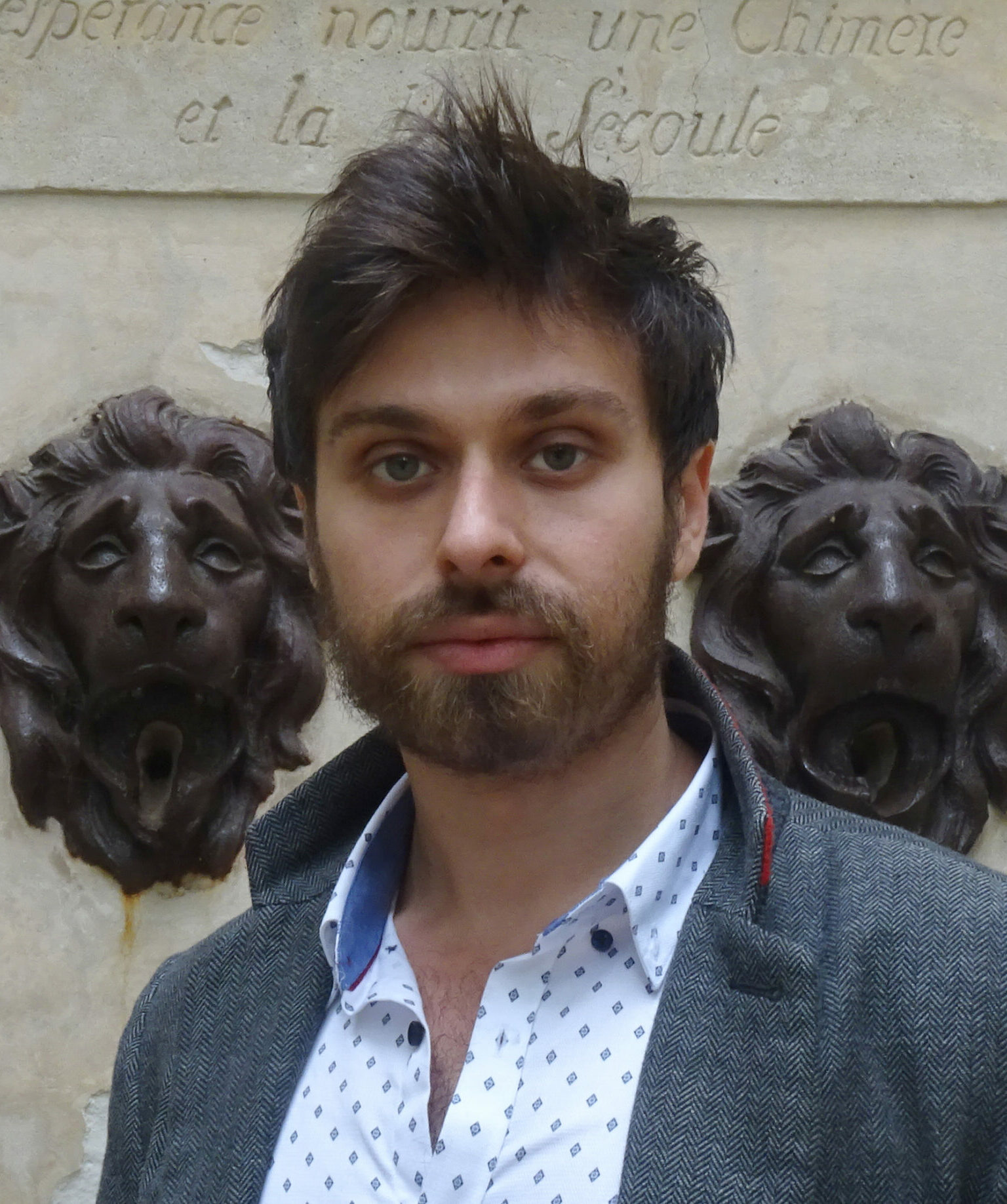
Aleksander Musial
Princeton University
Aleksander Musiał is a Princeton University-affiliated CSCA visiting scholar specialising in early modern art and architecture. Aleksander is a graduate in Classics from the University of Cambridge and in Art History from the University of Warsaw, he pursued internships at the curatorial departments of the Princeton University Art Museum, the Frick Collection and the Morgan Library. His doctoral thesis, entitled Immersion: classical reception and Eastern-European transformations of hygiene architecture, ca. 1610-1830, has been supported with fellowships and visiting positions at the Center for Advanced Study in the Visual Arts at the National Gallery of Art, Washington (DC), the British School at Rome, and Bibliotheca Hertziana, Max-Planck-Institut für Kunstgeschichte. Musiał’s articles were published in the Princeton University Art Museum Record, and the Oxford Art Journal, for which he was awarded wtih Emerging Scholars Publication Prize by the College Art Association’s Society of Historians of German, Scandinavian, and Central European Art.
Management Committee
The Management Committee meets at least termly to advise the Director on the Centre’s activities and finances. It can co-opt others, but its current members are:
- The Director
- The Assistant Director
- A Representative of the Ax:son Johnson Foundation
- The Visiting Professors
Advisory Board
The Advisory Board meets annually to review the Centre’s activities and finances. Its members are:
- The Chair of the School of Arts and Humanities (or their delegate)
- The Head of Department of History of Art (or their delegate)
- The Head of Department of Architecture (or their delegate)
- The Chair of the Faculty of Classics (or their delegate)
- The Director of the Centre (ex officio)


